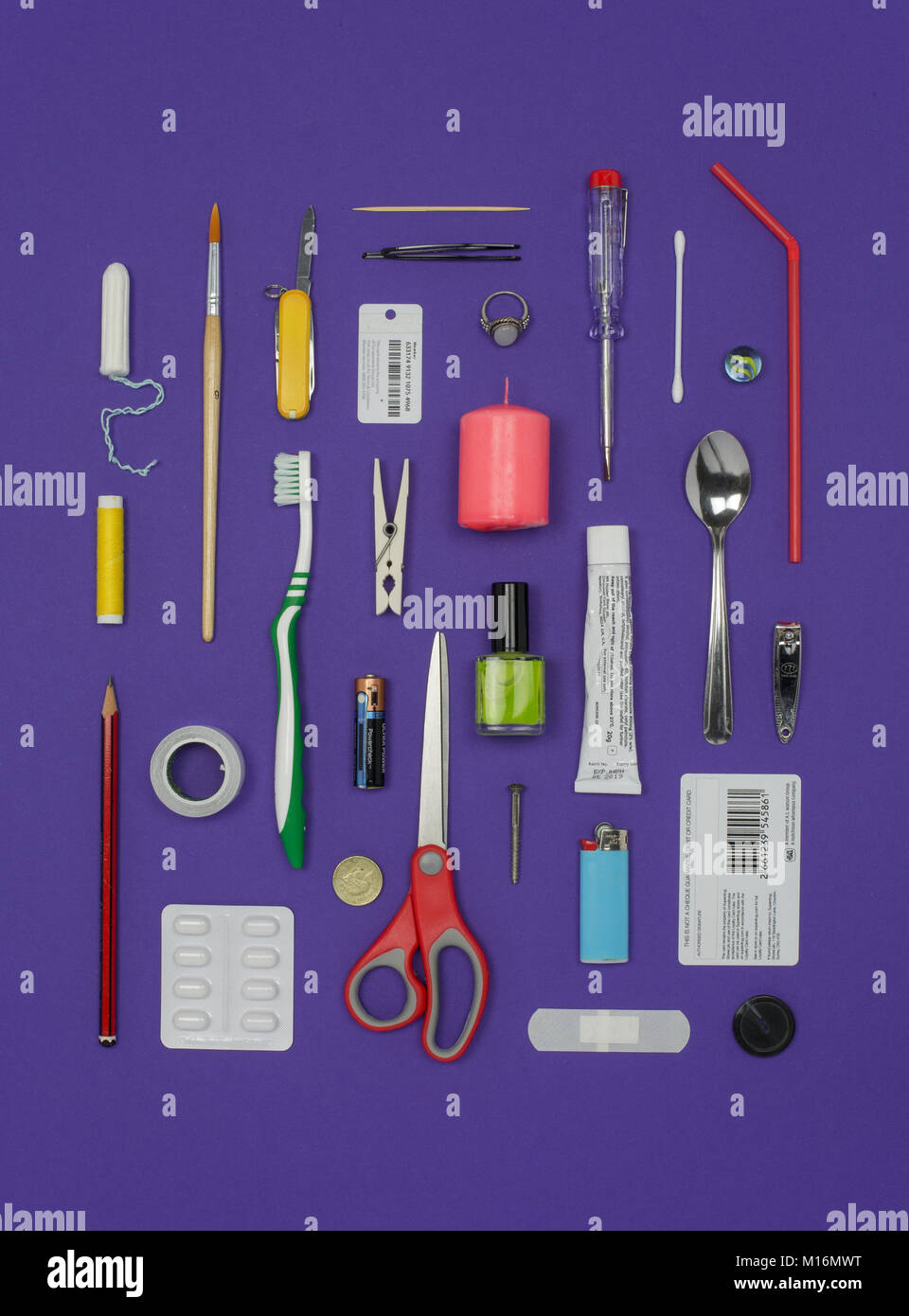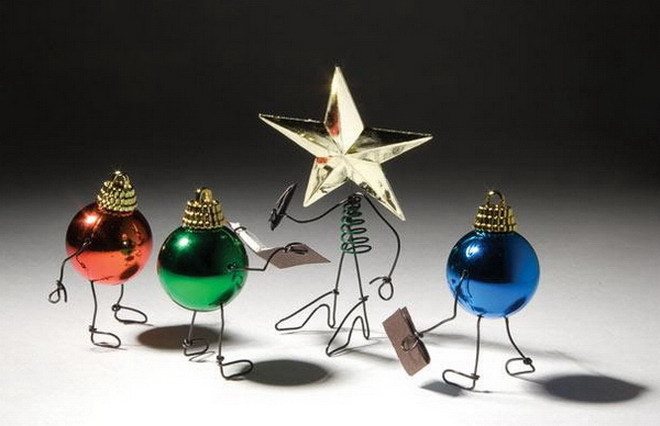
((random.randint( 0, SCREEN_WIDTH), random.randint( 0, SCREEN_HEIGHT)))
#Random everyday objects update#
Modify the update method to include speed constraints: def update (self, delta_time): To prevent objects from moving too fast, you can introduce a maximum speed limit.
#Random everyday objects code#
Here are a few examples of how you can adjust the code to achieve a better balance in your game: Limiting Maximum Speed

To create a balanced gameplay experience, it's important to fine-tune the random movement and spawning of objects. Game = MyGame(SCREEN_WIDTH, SCREEN_HEIGHT) import arcadeĪt_background_color()Īrcade.draw_circle_filled(ayer_x, ayer_y, PLAYER_RADIUS, )Īrcade.draw_circle_filled(x, y, OBJECT_RADIUS, ) The objects are drawn as red circles using the arcade.draw_circle_filled function. After that, generate the number of objects ( NUM_OBJECTS) with random x and y coordinates within the screen boundaries. In your game code, add a list called objects to store the positions of the random moving objects. 31 everyday objects to drawĪnd here they are in text, so you can copy and paste them if you like.To add random moving objects to your game, create a list to store the object's positions and update them every frame. There are 31, so you can use if for a month-long challenge if you want to. Here’s a short list of ideas you can use if you like – or come up with your own list. Most of them you should probably be able to draw from memory, but you can always look up some references if you need to. It’s really handy to have a list somewhere (on your phone is probably easiest?) of everyday objects to draw, so you’re not always limited to what’s in front of you. Here are a few where you can see a variety of everyday objects. And the inclusion of everyday objects can make illustrations more relatable and also tell a story. Including those little details in room illustrations, like a glass of water, pair of glasses or inhaler, or putting stuff on shelves in the background of illustrations of people interacting or doing things, makes all the difference, I think. The sketching and doodling and the drawing challenges all feed into final illustrations, whether personal work or client work. Illustrating everyday objects within scenes I also did around a month where I drew a particular subject matter on different days of the week (and one day was objects). Last year, I did a lot of A to Z challenges, including an A to Z of Everyday Life, and an A to Z of Household Objects (didn’t finish that one because I had client work that required some long hours). Quick-draw daily challenges are great for a bunch of things – practising something you’re rusty at drawing, leaning into a new style direction, or just flexing your muscles in a different way to the client work you’re working on. I’ve found I’m most happy to do ones that last around a month, as I get bored if I try to go up to 100 days. I do (start, at least) a lot of drawing challenges, whether ones I make up for myself, ones that stem from a class or membership I’m part of, or just big global Instagram challenges. Here are a handful of sketches and doodles of everyday objects from flicking through some of my sketchbooks and notebooks and the piles of post-its on my desk (yes, it’s a messy cluttered desk, obviously… even when I tidy it, it will still be pretty cluttered).


That can be documenting emotions and scenes, but it is often just capturing the handful of things I can see on a shelf or the random collection of junk sitting in the corner, or the bits and pieces sat on top of the cupboard… Oh!! I knew there was a reason to be a cluttered, not overly tidy person! Because I do think it’s generally far more interesting to draw a busy and cluttered space than a clear and clean shelf with nothing askew at all. I think I probably claim a lot of things are my favourite thing to draw, but I definitely have an overriding joy of documenting the everyday. And there is literally ALWAYS something there to draw, so we can never really have the excuse of not knowing what to draw, can we? But there are still times when I’ll sit in a café or on a park bench and pull out my sketchbook and not know what to draw, but want to draw something. To I almost always have a huge list of ideas of things I want to draw or sketches I’ve done that can be worked up to final – not to mention actual client work with specific things to draw. If in doubt, just draw what’s in front of you. I should maybe do a whole blog posts on sketchbook, notebook and random post-it doodles.)

#Random everyday objects full#
(They’re also full of flowers and weird and quirky faces and folk-art style kinda symmetrical patterns. My sketchbooks (and possibly even more so, my notebooks, as I HAVE TO doodle while planning, listening and so on) are full of quick little sketches of mugs (lots of mugs, to be honest) and lamps, and pens and scissors.


 0 kommentar(er)
0 kommentar(er)
